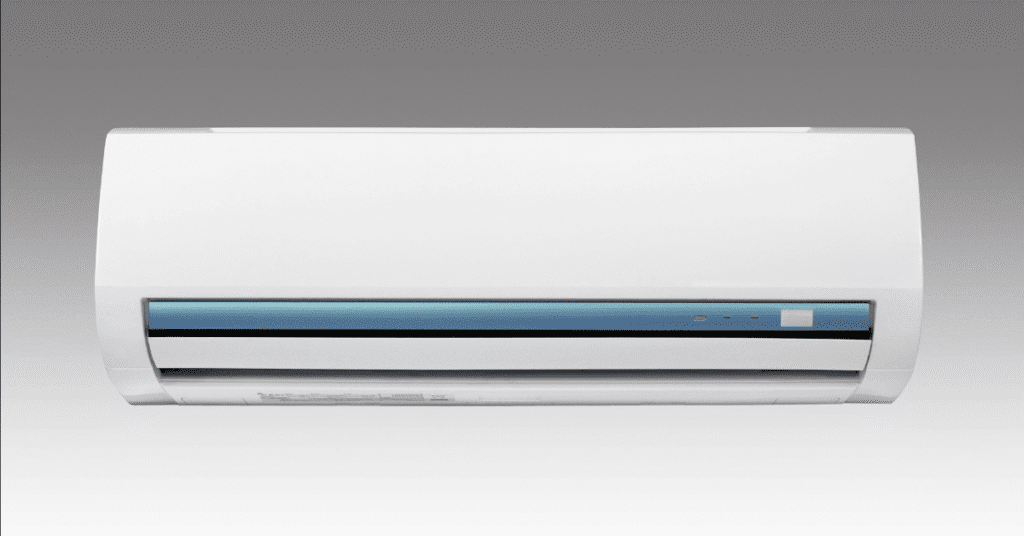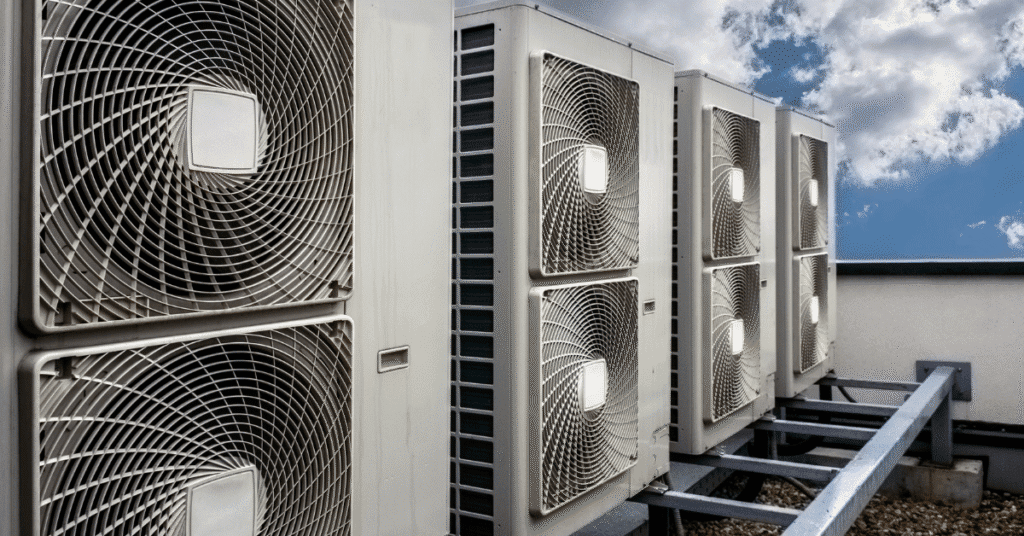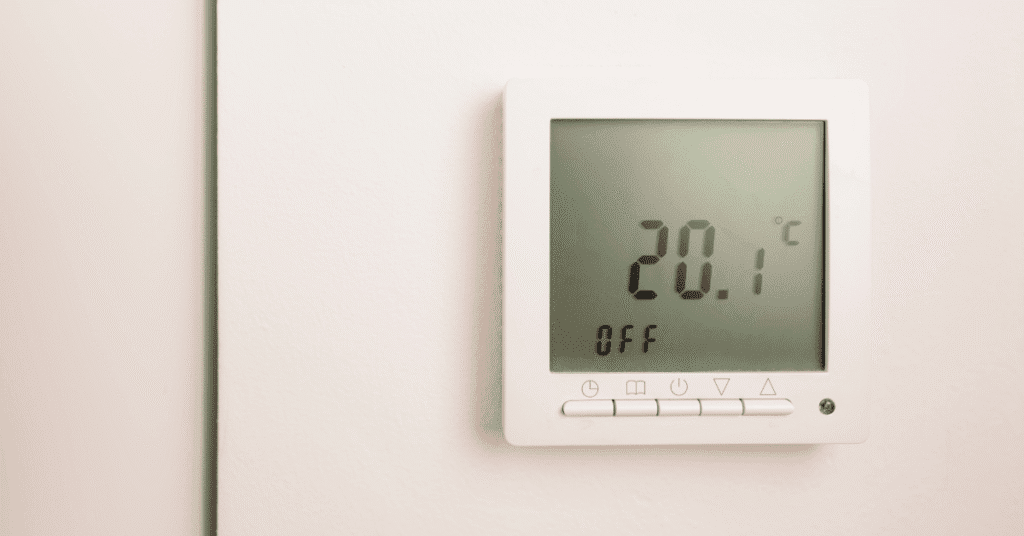Every home relies on electricity to power lights, appliances, and HVAC systems. Yet, most homeowners rarely think about the electrical panel that keeps the flow of electricity safe and controlled. The central part of any electrical system is either a fuse box vs circuit breaker panel.
Both serve the same purpose, protecting your electrical circuits from overload, but their function, safety, and suitability for modern living are very different. If you live in an older home, your property may still use a fuse panel rather than a breaker panel. Understanding the difference between a fuse box and a circuit breaker panel. helps homeowners decide whether it’s time for an upgrade to improve safety and efficiency.
What Is a Fuse Box?
A fuse box is an older type of electrical panel that uses fuses instead of breaker switches. Each fuse must be designed for a specific amperage. When the electrical load exceeds that limit, the thin fuse wire or metal that melts inside the fuse disconnects the flow of electricity. This action prevents short circuits, wiring from overheating, and possible fire risk.
Advantages of Fuse Boxes
- Simple and reliable older technology
- Provides instant protection from overloads
- Usually less expensive to install initially
Drawbacks of Fuse Boxes
- Every time a fuse blows, the fuse must be replaced
- Fuses that need replacement are harder to find, especially in older homes
- Limited electrical power capacity for today’s appliances, HVAC installation, and home electronics
- Some insurance companies consider fuse panels outdated and may not cover homes that uses fuses to protect circuits

What Is a Circuit Breaker Panel?
A circuit breaker panel, often called a breaker box, is the modern standard. Instead of fuses, it uses breaker switches that trip when the circuit is overloaded. Once corrected, the homeowner can simply reset the breaker to restore power.
Advantages of Circuit Breakers
- Circuit breakers can be reset easily without replacement
- Designed to handle higher electrical loads and modern electrical devices
- Easier to expand with new circuits for HVAC, hot tubs, or home offices
- Meets insurance and modern electrical services codes
Drawbacks of Circuit Breakers
- Higher upfront installation cost than a fuse box
- Breakers may trip more frequently if electrical wiring is outdated
Fuse Box vs Circuit Breaker: Key Differences
When comparing a fuse and circuit breaker, both serve the same purpose but work differently. Here are the key differences:
| Feature | Fuse Box | Circuit Breaker Panel |
| Mechanism | Fuse melts on overload | Breaker trips on overload |
| Reset/Replace | Replace a fuse each time | Reset by flipping switch mechanism |
| Capacity | Limited for today’s home’s electrical needs | Handles larger electrical loads |
| Cost | Lower initial cost | Higher upfront but long-term value |
| Insurance/Code | Differences between a fuse box and breaker may affect coverage | Meets modern safety standards |
Another key difference is that circuit breakers are reusable, while fuses cannot be reused once blown.
Which One Is Safer?
Both protect your home’s electrical system, but circuit breakers offer more reliability. Incorrectly replacing a blown fuse with one of higher amperage can cause a fire or even electrical shock. A circuit breaker and a fuse serve the same purpose, but circuit breakers are typically safer because they prevent electrical hazards and require less maintenance.
Signs It’s Time to Upgrade Your Fuse Box
You may need to replace a fuse box with a modern circuit breaker panel if:
- You have frequent blown fuses
- There are limited outlets or circuits in the home
- You struggle to find replacement fuses
- Lights flicker when appliances turn on
- You’re planning HVAC installation or upgrades
- Your insurance requires upgrading to a circuit breaker
If your home uses fuses to protect against overloads, it may no longer meet modern safety standards.

How Electrical Panels Affect HVAC Systems
A fuse box vs. breaker panel makes a big difference for heating and cooling. Modern HVAC systems demand stable, high-capacity electrical circuits. A panel that uses fuses may fail repeatedly, causing inconvenience. In contrast, a circuit breaker panel ensures HVAC repair and cleaning services can be done without constant electrical interruptions.
Cost of Upgrading from Fuse Box to Breaker Panel
Most homeowners spend between $1,500 and $3,000 depending on the type of electrical system and home size. The cost covers installation, repair, and electrical services.
What you gain:
- Meets modern electrical system codes
- Helps protect your home and prevent electrical fire risk
- Supports HVAC systems, appliances, and modern wiring
- Peace of mind for homeowner safety
Why You Shouldn’t DIY the Upgrade
Working on an electrical circuit without training risks electrocution or fire. Licensed electricians know how to handle upgrades safely. For HVAC installation, contractors often coordinate with electricians to ensure electrical capacity.

Conclusion
A circuit breaker vs. fuse system may look similar, but the differences between a fuse box and breaker are critical. While fuse panels are common in older homes, they are older technology with more limitations. Modern circuit breaker panels provide safer operation, better response time, and the ability to handle today’s electrical power demands.
For homeowners looking to prevent electrical hazards, protect your home’s electrical system, and improve safety and efficiency, upgrading to a breaker panel is the smart choice.









